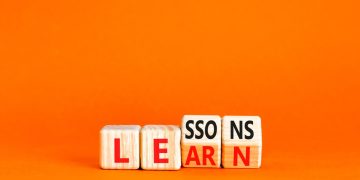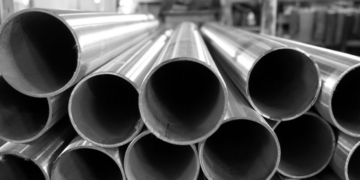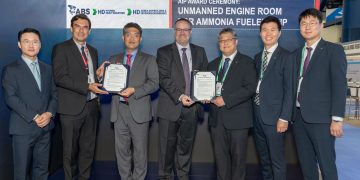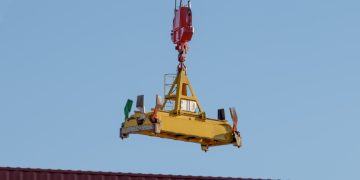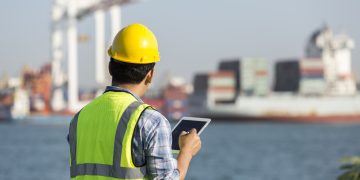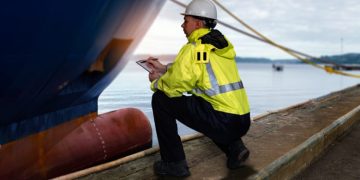Cargill promotes sustainability on the high seas
Although shipping is the cleanest form of transport, it’s not quite perfect. Cargill is a member of several groups that promote sustainability on the high seas Recently, Cargill became the first player in the industry to publicly commit to staying away from the crafts that cause the most pollution. Cargill Ocean Transportation doesn’t own any vessels, but it does charter over 500 of them, making it one of the biggest players in the sector. “Charterers will play an increasingly significant role in defining how the shipping industry integrates sustainability into strategy and operations,” said Alastair Fischbacher, the director of the Sustainable Shipping Initiative. “Demonstrating how shipping can strengthen, not compromise, their customers’ supply chains has the potential to become an increasingly powerful commercial tool.” According to Anda Cristescu, global operations manager for Cargill OT, integrating sustainability into the company’s business isn’t just the right thing for people and the environment – it also makes business sense. “We want to be successful in the long term, protecting the people who work on our vessels and the environment at the same time. Choosing the vessels that meet high safety and environment targets allows us to do just that,” said Cristescu. Cargill started chartering ...
Read more








